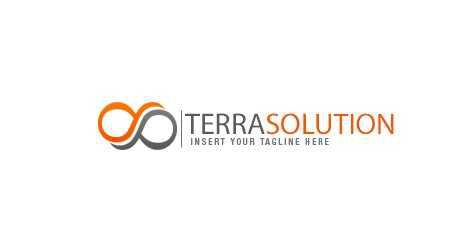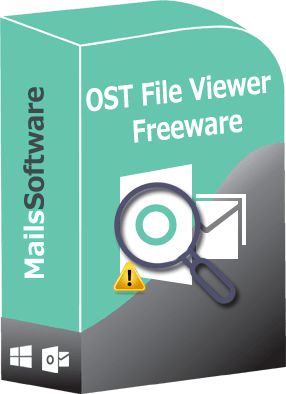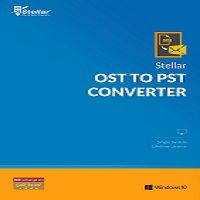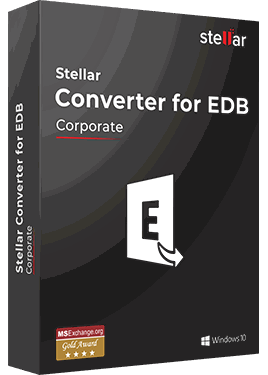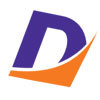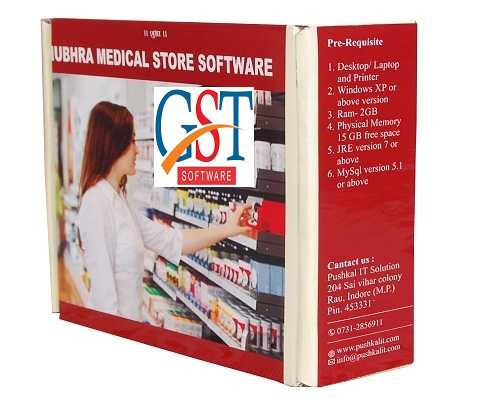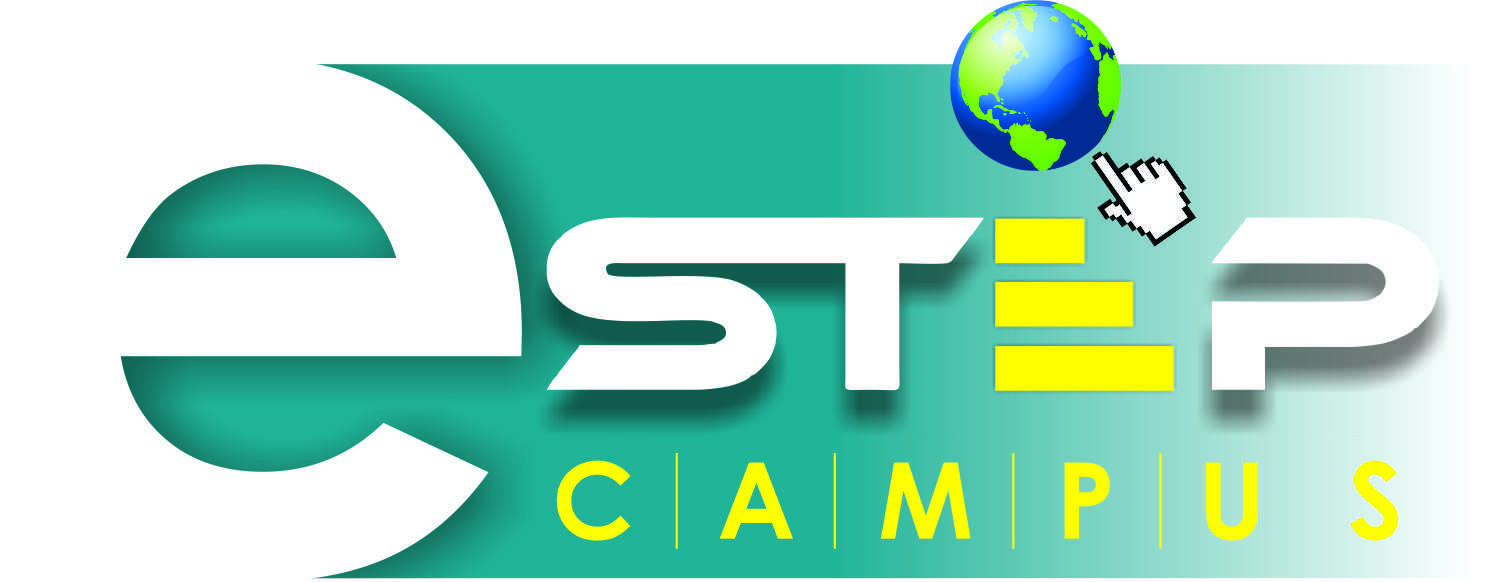What Is IT Software?
Introduction: IT software is a broad phrase that refers to a variety of technology solutions used to help businesses and organizations simplify operations, improve efficiency, and achieve their objectives. From project management and data analysis to cybersecurity and communication, IT software has become a vital component of modern corporate operations.
What is IT software? IT software is a collection of computer programs, apps, and tools developed expressly to meet the needs of businesses and organizations. It covers both off-the-shelf and custom solutions that may be installed on a variety of devices, including desktop computers, laptops, and mobile phones.Types of IT software: IT software falls into three categories: system software, application software, and middleware.
System software contains operating systems, device drivers, and utilities, whereas application software provides tools for specific activities like word processing, spreadsheets, and accounting. Middleware enables diverse software systems to communicate with one another and collaborate efficiently. The adoption of IT software provides several benefits to enterprises and organizations.
It streamlines mundane operations, boosts production, lowers expenses, and improves overall efficiency. Businesses that use the proper IT software may gain real-time access to data, make data-driven choices, and remain ahead of the competition. Factors to Consider When Selecting IT Software: Before investing in IT software, it is critical to understand your unique demands and expectations.
Consider your budget, scalability, ease of use, compatibility with existing systems, and security features. It is also critical to examine the software provider's reputation and customer support services. Some of the most popular IT software solutions on the market include project management tools like Trello and Asana, data analysis software like Tableau and Power BI, and communication and collaboration tools like Microsoft Teams and Slack.
What Are The Recent Trends In IT Software?
The world of IT software is continuously changing, and consumers may find it difficult to stay current with the latest trends.
We'll look at the latest IT software trends and how they can influence your purchasing decisions.
1. Cloud Computing: Cloud-based software solutions have gained popularity in recent years. This trend is projected to continue as more firms migrate to cloud-based platforms for data storage and administration. Cloud computing provides businesses of all sizes with greater flexibility and scalability by allowing them to access data and apps from anywhere.
2. Artificial Intelligence (AI) And Machine Learning (ML): AI and ML are changing the way software is created and utilized. These technologies let software to learn from data, predict outcomes, and automate processes, resulting in enhanced efficiency and production. AI and machine learning (ML) are currently being integrated into a variety of software areas, including customer relationship management (CRM), chatbots, and cybersecurity.
3. Internet Of Things (IoT): IoT connects gadgets to the internet, allowing them to collect and share data. This trend is transforming the way businesses function by enabling real-time data monitoring and analysis, leading in better decision making and predictive maintenance. As a result, IoT-enabled software solutions are becoming increasingly popular in sectors such as manufacturing, healthcare, and logistics.
4. Low-Code/No-Code Development: With a dearth of trained developers, firms are turning to low-code/no-code development platforms to create custom software without requiring considerable coding knowledge. These platforms provide drag-and-drop interfaces and pre-built modules, which make application development easier and faster, resulting in lower development costs and greater agility.
5. Security And Privacy: With frequent data breaches and cyber threats, the demand for secure software solutions has increased. Buyers are increasingly searching for software that includes built-in security capabilities and complies with data protection rules such as GDPR. With the rise of cloud computing and the Internet of Things, organizations have prioritized security and privacy.
Benefits Of Using IT Software
IT software has become an indispensable tool for organizations of all kinds, helping to streamline procedures, increase production, and enhance overall efficiency. Whether you are a small startup or a major enterprise, investing in the appropriate IT software can have a significant impact on your organization.
We will look at the different benefits of utilizing IT software, allowing you to make an informed decision for your organization.
1. Increased Efficiency And Productivity: One of the most significant advantages of adopting IT software is the increased efficiency and productivity it provides to an organization. Employees may focus on more important activities thanks to task and process automation, which leads to increased productivity. This can also help to eliminate human mistake, resulting in a more organized and effective workflow.
2. Cost Savings: Investing in IT software can result in significant savings for enterprises. For example, cloud-based software eliminates the need for costly hardware and IT infrastructure, lowering operating costs. Furthermore, automation enables firms to save time and money on manual and repetitive processes, allowing for better resource allocation.
3. Improved Data Management: IT software provides improved data management capabilities, enabling firms to store, organize, and retrieve data more efficiently. This is especially advantageous for businesses that deal with big amounts of data. IT software, which includes capabilities like data backup, encryption, and analytics, can help improve data security and decision-making.
4. Improved Communication And Teamwork: In today's fast-paced corporate environment, efficient communication and teamwork are critical to success. IT software solutions including as project management tools, video conferencing, and messaging platforms can help team members communicate and collaborate more effectively, even when they work remotely.
5. Scalability: Another advantage of adopting IT software is the potential to scale. As a firm grows and evolves, its software requirements may alter. Businesses can simply scale up or down using IT software, eliminating the need to deploy new hardware or infrastructure. This makes it an adaptable and cost-effective solution for enterprises of all sizes.
6. Competitive Edge: In a highly competitive market, firms must keep ahead of the competition to be relevant. Businesses that invest in the correct IT software can gain a competitive advantage by enhancing operations, increasing productivity, and providing better customer experiences.
Important Factors To Consider While Purchasing IT Software?
In today's digital world, IT software has become a critical component for enterprises of all kinds. From operational management to increased efficiency, IT software is critical to driving growth and success. However, with so many options available on the market, selecting the correct IT software can be difficult. There are various crucial elements to consider before making a decision.
Let's go into them.
1. Identify Your Business Objectives And Goals: Before acquiring any software, you must first determine your company's objectives and goals. What specific challenges do you face? What improvements do you anticipate from the software? A comprehensive grasp of your requirements will allow you to narrow down your selections and select software that meets your demands and ambitions.
2. Compatibility And Integration: Before making a purchase, make sure that the software is compatible with your current systems and easy to integrate. This will not only save you time and effort, but will also keep your operations running smoothly.
3. User-Friendly Interface: A user-friendly interface is critical for any product because it directly affects the user experience. The software you purchase should have a basic and intuitive interface that your team can utilize without additional training. This will also help to shorten the learning curve and improve overall productivity.
4. Customization And Scalability: Each organization has distinct demands and operations, and the software you select must be adaptable to meet your individual needs. It should also be scalable to support your company's development and future requirements.
5. Security And Support: Because IT software frequently handles sensitive data and information, security must be prioritized. To keep your data safe, use software that has strong security protections and receives regular updates. Additionally, investigate the software company's support alternatives, such as training, customer service, and technical assistance.
6. Pricing And ROI: While the software's pricing is important, it should not be the only deciding factor. Consider the entire value and return on investment (ROI) that the software provides. Consider the features, customization possibilities, and support services to establish the true cost-effectiveness.
7. Customer Reviews And Reputation: Before making your purchase, do some research on the software company's reputation and read customer feedback. This can help you understand the software's performance, user happiness, and any potential difficulties that may develop. By taking these variables into account, you can make an informed selection and select IT software that fulfills your company's requirements while also driving growth and success. Remember that investing in the correct IT software is an important step toward staying ahead in today's competitive business environment.
What Are The Key Features To Look For In IT Software?
When choosing IT software, it is critical to thoroughly analyze the essential aspects that will address your individual business requirements. From optimizing processes to increasing security, the appropriate software can drastically improve your company's operations and productivity.
Here are some crucial qualities to look for when purchasing IT software:
1. Compatibility: The software you select should be compatible with your existing systems and infrastructure to avoid integration concerns.
2. Customization: Each organization has distinct requirements, and the software you choose should provide customization choices to meet those needs.
3. User-Friendly Interface: The program should have a clean and straightforward user interface that your staff can easily explore and use.
4. Scalability: As your firm expands, so will your software requirements. Choose scalable software that can support your future expansion without requiring large modifications or incurring additional costs.
5. Data Security: Given the growing number of cyber threats, it is critical to prioritize data security. Look for software that uses encryption, secure data storage, and regular upgrades to keep your data safe.
6. Integration Capabilities: Your IT software should be able to communicate with other tools and systems in your organization to enable a smooth workflow.
7. Automation: With the correct tools, time-consuming and repetitive operations may be automated, allowing your personnel to focus on more important work.
8. Real-Time Reporting And Analytics: The software should provide real-time reporting and analytics to assist you in making data-driven decisions and tracking your company's success.
9. Customer Support: Technical troubles are unavoidable, and having access to dependable customer service can save you time and frustration.
10. Cost-Effective: Finally, evaluate the software's cost-benefit ratio. Look beyond the initial costs to the long-term advantages and return on investment.
Why Do Businesses Need IT Software?
In today's digital world, businesses rely largely on technology to operate their operations smoothly and efficiently. Here's where IT software comes into play. IT software encompasses a wide range of tools and programs that assist businesses in managing their numerous duties and operations, including simple administrative functions, complex data analysis, and customer relationship management. But why do businesses require IT software?
Let's go deeper into the main factors.
1. Improved Productivity And Efficiency: IT software automates and streamlines repetitive procedures, saving time and effort compared to performing them manually. This not only increases productivity but also allows staff to devote more time to more vital activities.
2. Better Organization And Communication: There are numerous types of IT software, such as project management tools and collaboration platforms, that help firms stay organized and improve team communications. This leads to enhanced coordination and decision-making, as well as better business outcomes.
3. Improved Data Management And Analysis: Data is a significant asset for any business, and IT software enables effective data management and analysis. Data analytics technologies can help firms get insights into customer behavior, market trends, and other critical information that can be used to make strategic decisions.
4. Cost Savings: While the initial investment in IT software may appear daunting, it can ultimately result in significant cost savings. Businesses can reduce operational expenses while increasing profits by streamlining processes, eliminating manual labor, and maximizing resources.
5. Competitive Advantage: In today's extremely competitive industry, firms must keep ahead of the curve in order to be successful. IT software may give them a competitive advantage by giving tools and resources to help them enhance their operations, make better decisions, and ultimately stand out from the crowd.
How Much Time Is Required To Implement IT Software?
The time required to integrate IT software varies substantially depending on the product and your organization's requirements. However, there are certain common considerations when planning the implementation timeline. First, the complexity and scope of the program will have a considerable impact on the time necessary for implementation. A simple software with basic functionality may simply take a few weeks to implement, whereas a more advanced and configurable software may require several months.
Second, your organization's readiness and cooperation will effect the implementation timeline. Before commencing the implementation process, it is critical to put together a committed team and ensure that all necessary resources, such as hardware and training, are available. Furthermore, the amount of modification and integration required for the product will influence the implementation timeline.
If the software must be connected with other systems or modified to your organization's specific requirements, it will most certainly take longer to implement than a conventional solution. Furthermore, the knowledge and skills of the software vendor influence the implementation timeline. Working with a reliable and competent provider can assist speed up the installation process and save time.
It is also critical to anticipate potential barriers or delays that may occur during the implementation process, such as technical challenges or shifts in organizational objectives. It is best to anticipate these potential delays and have a backup plan in place to reduce their influence on the timeframe. Finally, the time necessary to integrate IT software will vary according to your organization's specific demands and conditions. It is advisable to collaborate closely with your team and the software vendor to set a realistic timeframe and ensure a smooth installation.
What Is The Level Of Customization Available In IT Software?
When it comes to IT software, there are numerous levels of customisation available to meet the unique demands of a company or organization. This flexibility enables purchasers to choose software that is compatible with their objectives and operations, making it a worthwhile investment. At the most basic level, most IT software allows you to customize logos, user interfaces, and branding components. These customisation choices are perfect for small enterprises with basic requirements and little resources.
It helps them to tailor the software and create a consistent brand image while remaining cost-effective. IT software allows for extensive customisation for medium to large organizations with more sophisticated operations. This includes bespoke workflows, automation features, and integration with other software or systems.
Customization at this level provides for a more personalized and efficient software solution capable of handling complex operations and data management. In some circumstances, IT software provides advanced customisation choices via coding and development. This level of customization is appropriate for businesses with unique or proprietary processes that necessitate specific software capabilities.
It enables a fully customized solution that addresses all of the business's individual demands and expectations. The vendor's support and resources are an important consideration when determining the extent of customization in IT software. A good software vendor will provide full training and assistance to help firms take advantage of the various customization choices. They may also offer a community or forums where users can discuss ideas and best practices for using the product to its full capacity.
Which Industries Can Benefit The Most From IT Software?
In today's digital age, the use of IT software has become critical for organizations to prosper and stay competitive. From major enterprises to small startups, every industry can profit from incorporating IT software into their operations. However, certain businesses stand to benefit even more from these sophisticated technologies.
We'll look at which industries can profit the most from using IT software and how it can improve their businesses.
1. Financial Services Industry: The financial services industry is primarily data-driven, relying on technology to manage massive amounts of data and give real-time insights. IT software, such as financial management systems and data analytics tools, can help the financial services industry streamline procedures, automate tasks, and increase accuracy. Financial institutions can use IT tools to better manage risk, monitor market trends, and provide specialized and efficient services to their customers.
2. Healthcare Industry: The healthcare business is continually changing, and the use of IT software has become critical to providing high-quality patient care. Electronic health records (EHRs), medical billing, and patient management systems are just a few examples of IT software that healthcare professionals can use to improve efficiency, minimize errors, and enhance the entire patient experience. IT software also allows healthcare professionals to securely share medical records, resulting in improved communication and collaboration among healthcare providers.
3. E-commerce Industry: Because the e-commerce sector relies significantly on technology to function, it is an ideal choice for the use of IT software. These solutions can assist online merchants manage inventory, track sales and customer data, and enhance the entire consumer experience. Businesses can use IT software to automate activities such as shipping and order fulfillment, resulting in increased efficiency and lower costs.
4. Manufacturing Industry: IT software can also aid the manufacturing industry. Manufacturers can utilize Enterprise Resource Planning (ERP) software to streamline production operations, maintain inventories, and improve supply chain management. Additionally, tools such as Computer-Aided Design (CAD) software can assist producers in designing and prototyping items more efficiently, saving time and costs.
5. Education Industry: The integration of IT applications into classrooms and administrative chores has transformed the education industry as well. Learning management systems, virtual classrooms, and educational software have made learning and teaching more dynamic, engaging, and effective. Using these tools, instructors can produce, distribute, and track educational content, thereby improving student learning outcomes.
Conclusion
To summarize, selecting the correct IT software for your organization is critical to success in today's fast-paced digital environment. By taking into account your specific business needs, budget, and available resources, you may locate a software solution that will streamline processes, increase efficiency, and boost overall performance. Before making a purchase, thoroughly investigate and test alternative software options. Make sure you include all important parties in the decision-making process, and solicit input from current users. Consider the vendor's level of customer service, training, and updates.
Keep in mind that the software you purchase should not only suit your current requirements, but also be able to scale with your company as it grows. To ensure that you are getting the most out of your program, you should constantly review it and experiment with new features and upgrades. With the appropriate IT software, your company can stay ahead of the competition while remaining nimble in an ever-changing market. Use our buyer's guide to help you choose the ideal software solution for your business and watch as it propels you to new heights of success.


